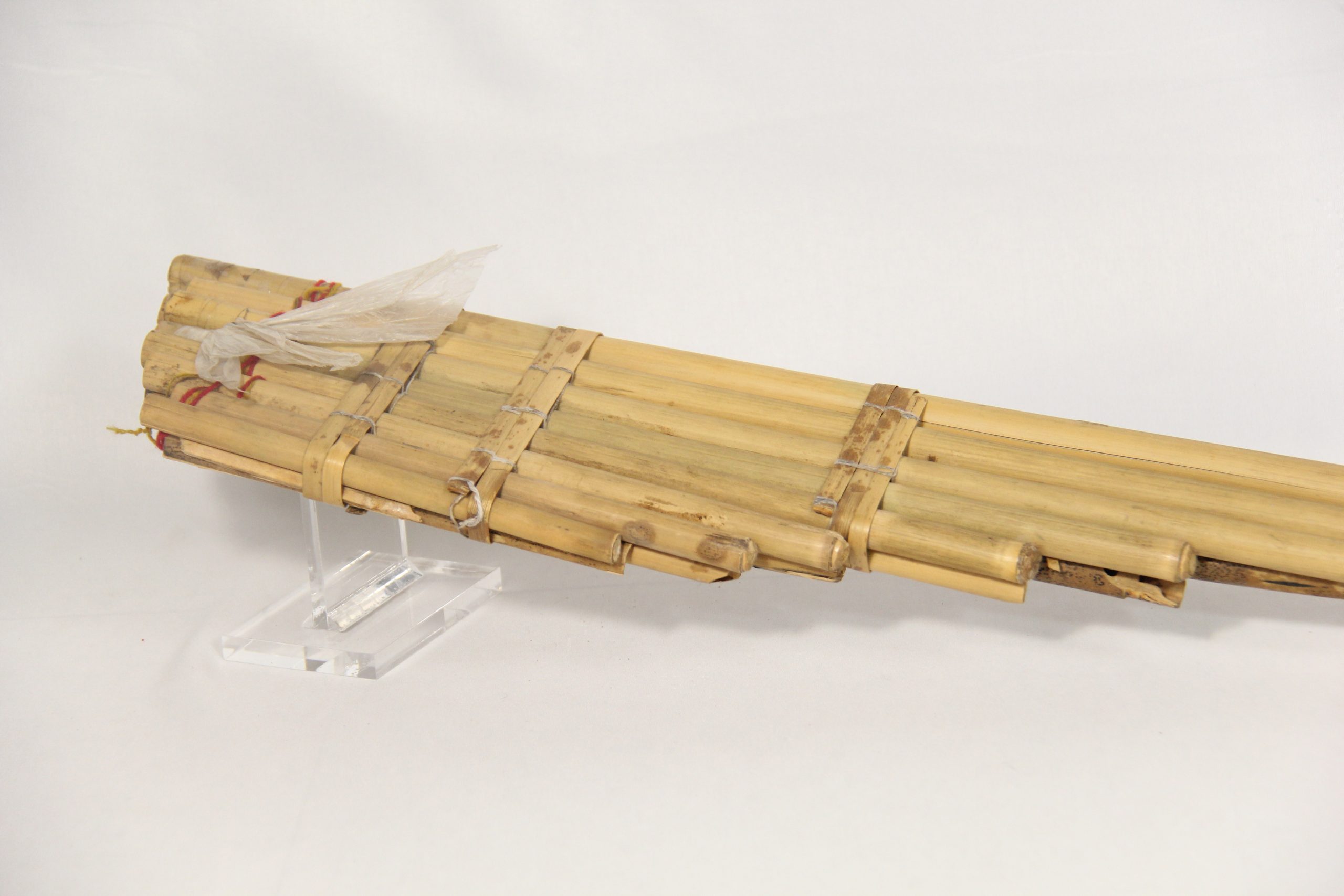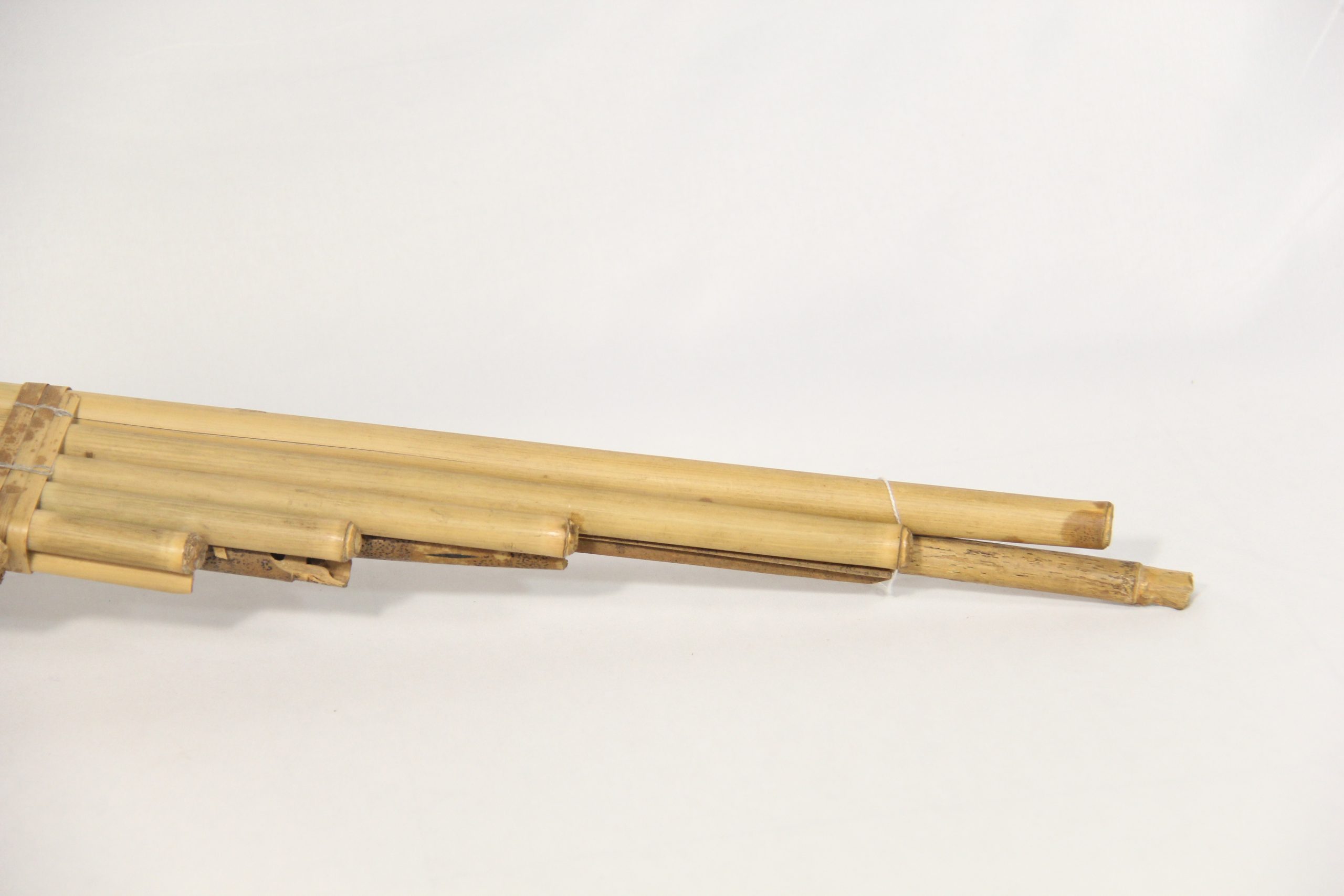Siku
What many refer to as “pan flutes” have been around for longer than recorded history, versions of which have existed globally for hundreds and possibly thousands of years. This instrument is, more specifically, a siku, which were created by tribes in the Andes mountains during the time of the Incan empire, originating with the Tiahuanaco people during the 8th century. The siku has historically been the most significant instrument of the Aymaran people who lived in reed homes spread throughout the Andes in small groups called “ayllu.” The Incas conquered the Aymara in the 15th century, but left them largely untouched, allowing for the cultural diffusion that likely presented the siku to the Aymara from the Incas.
Sikus are traditionally composed of two layers of reed pipes descending in length and bound together, with each pipe responsible for a single note. Combined, the pipes account for the standard notes of a scale, although the Inca tonal scale only had five notes. One layer is called the “ira” and is referred to as masculine, while the other is called “arka” and is referred to as feminine. This double-layered mechanism is a signature element of Andean folk music, representing communication between the gods and humanity. Sikus could have been used for anything from funerals and rituals to folk songs.
Nowadays, sikus are still used as a part of Andean (Bolivian) folk music, and are still made quite often as local pieces. They were not referred to as pan flutes until the 1980s, when famous pan flutist Gheorghe Zamfir rose to prominence and Andean musicians began to spread more globally.
Sources
“Aymara Indian Fact Sheet.” Facts for Kids: Aymara Indians (Aymaras, Aimara). Native Languages of the Americas. Accessed June 14, 2022. http://www.bigorrin.org/aymara_kids.htm.
“The History of Panflute.” The History of Panflute | Preda Panflutes. Accessed June 14, 2022. https://www.predapanflute.com/doc_373_history_pg_0.htm.
Osborn, David. “The History of the Pan Flute.” FOUR WINDS FLUTES.com. Accessed June 14, 2022. http://fourwindsflutes.com/Pan_Flute/The_History_of_the_Pan_Flute.html.





